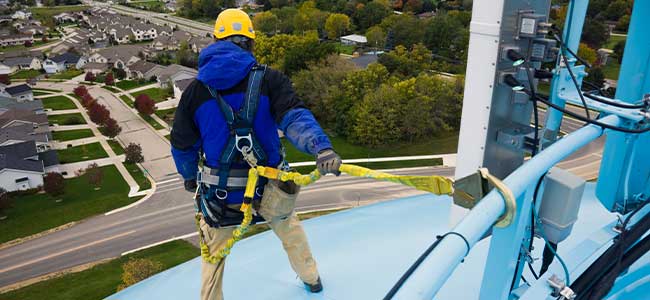
With a history of OSHA violations, the company repeatedly failed to protect workers from deadly fall hazards.

Businesses can avoid costly OSHA penalties by understanding common violations and implementing proactive safety measures to protect workers.

OH&S recognizes the companies leading innovation in workplace safety with outstanding product developments.

Building relationships and understanding the needs of decision-makers are essential for effectively gaining leadership buy-in for safety software solutions.

OSHA's Hazard Communication and Laboratory Standards outlines their differences, similarities and how to effectively comply with both.

Effective noise monitoring and control measures in the workplace are crucial to preventing noise-induced hearing loss and ensuring employee safety.

What types are available? What are their differences?

Confined spaces present unique fall hazards, but these risks can be mitigated through proper assessment, effective fall protection solutions, and thorough training.

New technology continues to raise the bar on behalf of safety.

Implementing and maintaining robust CPR and defibrillation programs in the workplace are critical to enhancing emergency preparedness and saving lives.

Proactively identifying and addressing the causes of slips, trips, and falls reduces injuries, prevents financial losses and fosters a culture of safety.

Implementing safety incentive programs can significantly improve compliance with fall protection standards and strengthen overall workplace safety culture.

Facility safety programs are essential for identifying, managing and mitigating various hazards, ensuring compliance and integrating safety into broader management processes.

Maintaining a legal registry helps businesses manage regulatory compliance and enhance credibility, especially when operating across multiple jurisdictions.

Effective dust collection and explosion protection strategies are essential for maintaining safety and preventing catastrophic incidents in industrial facilities.